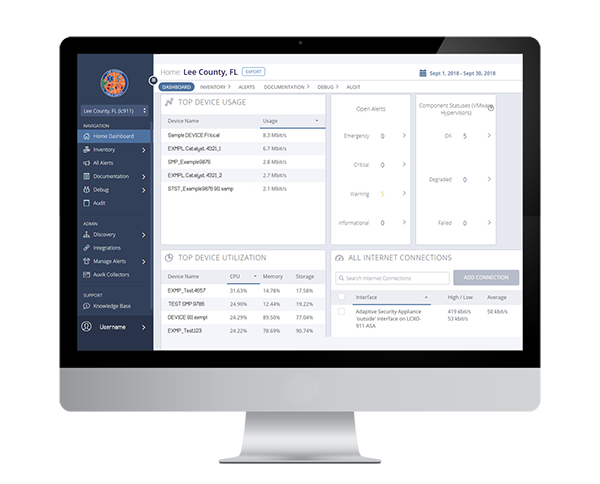Pennsylvania Region 13: A Holistic Approach to Network Management for Less
In Summary:
-
Region 13 Task Force in Southwestern Pennsylvania covers a population of 3 million people and 713 public safety agencies.
-
The Region needed a cost-effective, yet reliable, network maintenance solution to monitor its IP-based emergency services Internet Protocol (IP)-based network (ESInet).
-
MCP's provides the region with network maintenance and monitoring services from MCP to help them realize single-sourced, proactive and reliable network monitoring and maintenance, triage and support from one partner at the fraction of the cost of working with multiple vendors.



